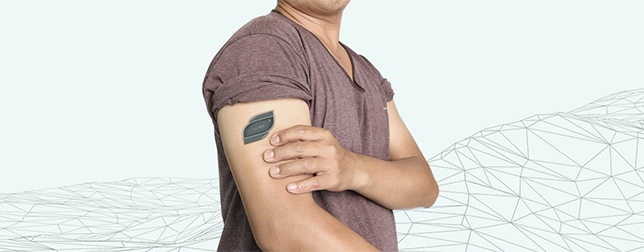More and more companies are offering their products online, which is crippling us customers from being able to physically see an item prior to purchasing it. Due to this, the transparency of a company is becoming increasingly important on the online world.
If companies lack transparency, it can increase the uncertainty of a customer and thus cause them to abort a purchase. Concepts such as reviews and ratings have been able to facilitate in decreasing any type of uncertainty customers might have. However, since there seems to be a trend when it comes to companies being transparent, companies will have to focus more attention on how they will appear more transparent to their customers in the future. Blockchain could potentially help in this regard.
While blockchain is immensely beneficial when it comes to privacy, it is also great at transparency. The transparency of a blockchain stems from the fact that the holdings and transactions are open to viewing. Meaning that a degree of accountability that has not existed to date will be added. In the past, large financial institutions were able to use their customer’s funds as they saw fit, without anyone’s knowledge, and not always in the most effective or hones matter.
This raised some questions.
What does this mean for companies? And does that eventually potentially spill over to us consumers?
Fashion giant H&M has been scolded many times for using sweatshops or child labor when it comes to producing their clothes. However, many other cheap / fast acting clothing manufacturers use them or other factories where working conditions are evident to not be safe or pleasant to work in. After which, many times firms indicate that they don’t work with them anymore or never did. However, concepts like blockchain will be able to truly identify if what they say is indeed true, since transactions that occur will be available to the public.
This does mean that H&M and other firms need to incorporate blockchain into their supplychain, but since transparency is becoming a must, it will be highly likely that they will need to do that in order to keep up with technological developments and social norms.
Companies such as Provenance and Everledger are using blockchain to provide supply chain transparency directly to consumers. Everledger, for example, traces the origin of diamonds from provenance and verifies authenticity for consumers using blockchain. This is a step forward in providing customers with a transparent view of a products history. Which is also something that H&M for example can do in regards to where their clothes come from.
This can be a great step in making the online community a more trusting environment. This could also potentially mean that we will have to spend more on our clothing. This is because, H&M and other giants won’t be able to hide the suppliers that they use, and thus have to get their clothes from factories that pay their employees a more decent wage. This would in turn, makes them more expensive.
https://www.theguardian.com/world/2017/feb/05/child-labour-myanmar-high-street-brands
https://www.forbes.com/sites/paulmartyn/2018/03/28/does-blockchain-provide-the-new-standard-for-transparency/#3d53647f3921
https://www.linkedin.com/pulse/your-company-isnt-being-transparent-its-missing-all-sorts-nordstr%C3%B6m/


